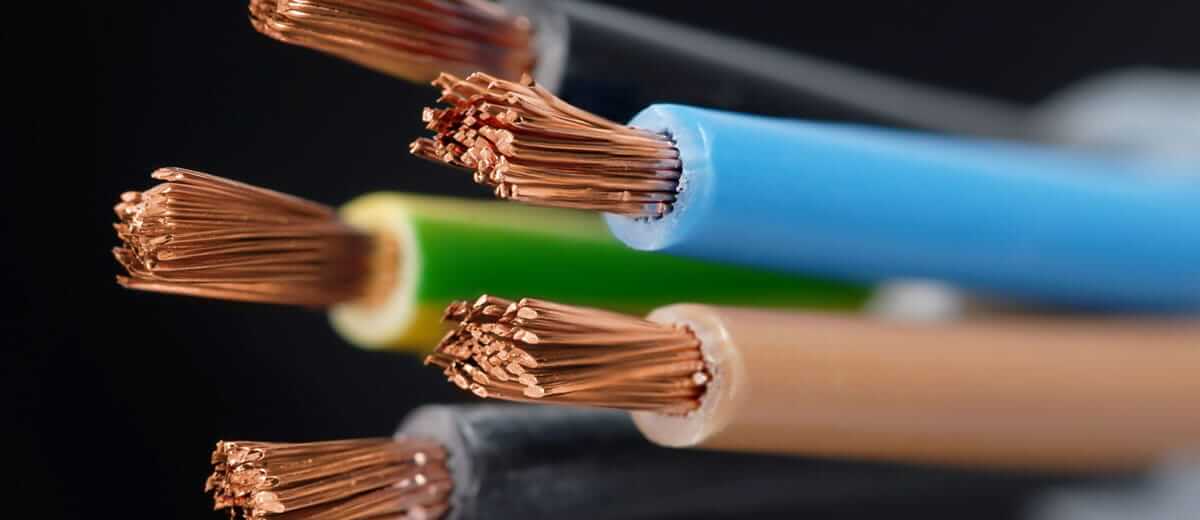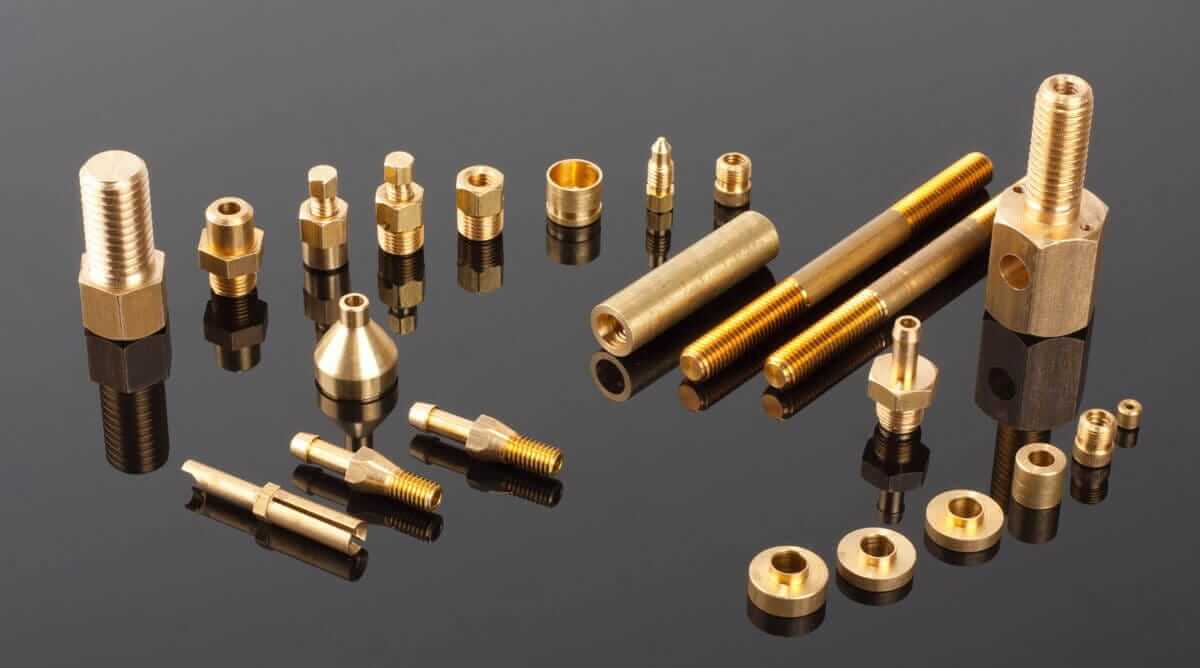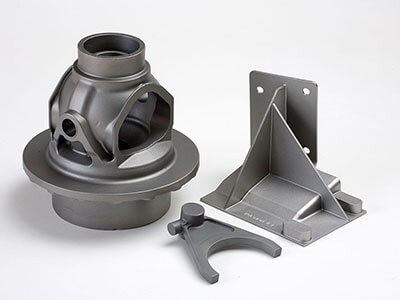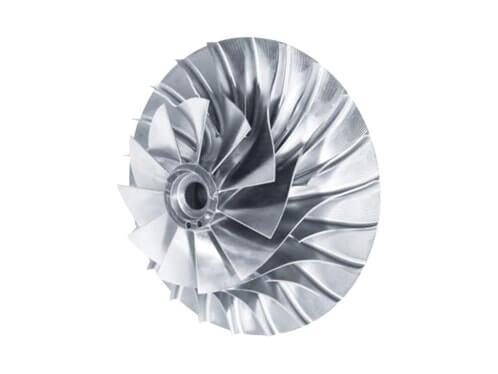Along with copper, bronze and brass are often described as “red metals” because of their distinctly reddish color. They may look the same initially, but bronze and brass are copper-based alloys containing other elements yielding a wide range of different properties.
The comparison of brass, bronze, and copper is crucial, as it is easy to confuse these metals. In addition, the variations between these metal options are very subtle. As a result, part designers may be easily confused when selecting materials. In addition, the similarity of the elemental composition of these metals makes it more difficult to classify them.
Although there are slight color differences, you may not be able to quickly identify these metals easily. The even more daunting fact is that you can’t choose any of them for your application. While they have many similarities, they also have many different characteristics. As a result, brass may not be well suited for certain applications where you would normally use copper.
The Differences Between Copper, Bronze and Brass
The differences in the material composition of copper, bronze and brass result in different properties that make them suitable for different use cases. For example, bronze has a high resistance to salt water corrosion, making it a better choice for marine components than brass, while brass’ superior machinability and workability make it more suitable for tube and rod applications. Table 1 below outlines some of the key differences between these two materials.
Comparison Table
| Copper | Bronze | Brass | |
|---|---|---|---|
| Features | Durable, High machinability | Harder and brittle, Moderate machinability. Bronze resists corrosion (especially seawater corrosion) and metal fatigue more than steel and is also a better conductor of heat and electricity than most steels. | Greater malleability, A lower degree of machinability. Susceptible to stress cracking when exposed to ammonia. Not as hard as steel. |
| Melting Point | 1085 degrees Celsius | 950 degrees Celsius | 900 degrees Celsius |
| Corrosion Resistance | Excellent corrosion resistance | Excellent corrosion resistance (incl. saltwater) | Good corrosion resistance |
| Weight | 8930 kg/cu.m | 7400 – 8900 kg/cu.m | 8720 kg/cu.m |
| Element Composition | Copper | Primary: Copper and Tin Others: Nickel, aluminum, zinc, phosphorus, etc. | Primary: Copper and Zinc Others: Lead, manganese, iron, aluminum, silicon, etc. |
| Application | Most used in electrical equipment such as wiring and motors. This is because it conducts both heat and electricity very well, and can be drawn into wires. It also has uses in construction (for example roofing and plumbing), and industrial machinery (such as heat exchangers). | Decorative, boat and ship fittings, propellers and submerged bearings because of resistance to salt water corrosion. Widely used for cast bronze sculpture; Bearings, clips, electrical connectors and springs; For top-quality bells and cymbals. | Decorative, Low-friction applications (locks, gears, doorknobs, ammunition, valves); Plumbing/electronics; Musical instruments for acoustic properties; Zippers & uses where it's important to negate spark(fittings & tools around explosive gas). |
What Is Copper?
Unlike bronze and brass, copper is one of the few metals that can occur in nature in a directly usable metallic form, and you can use it directly for processing. There are grades of unalloyed Copper, and they can vary in the number of impurities that are contained. Oxygen-free copper grades are used specifically in functions where high conductivity and ductility are needed.
- Alloy 101. This oxygen-free copper is suitable for any application where high ductility and electrical conductivity are required.
- Alloy 110. electrolytic (ETP) copper exhibits the highest thermal and electrical conductivity. It also has excellent ductility and malleability.
- Alloy 122. Although it is mechanically very similar to Alloy 110, it has excellent solderability and formability.
- Alloy 145. This is a copper telluride. It has a tellurium content of about 0.7%. Like many other copper alloys, it has excellent electrical and thermal conductivity, superior machinability and high formability.
Properties of Copper
Copper is used in a wide range of products due to its excellent electrical and thermal conductivity, good strength, good formability and resistance to corrosion. Pipe and pipe fittings are commonly manufactured from these metals due to their corrosion resistance. They can be readily soldered and brazed, and many can be welded by various gas, arc and resistance methods. They can be polished and buffed to almost any desired texture and luster.
Applications of Copper

Copper is most commonly found in electrical materials such as:
- Electrical wire
- Roofing and plumbing
- Industrial machinery
- Telecommunication components
- Heat sinks and heat exchangers
- Vacuum tubes
- Anti-biofuel components in submarines
- Architectural components
What Is Brass?
Brass is primarily an alloy consisting of copper plus zinc. Brass can be added with varying amounts of zinc or other elements. These different mixtures produce a wide range of properties and color variations. Increasing the amount of zinc increases the strength and ductility of the material. The color of brass can vary from red to yellow, depending on the amount of zinc added to the alloy.
Some of the common types of brass available include:
- Alloy 260. This alloy is also known as cartridge brass. It exhibits excellent cold working properties. Therefore, alloy 260 is suitable for automotive, ammunition, hardware and fasteners.
- Alloy 272. Commonly known as yellow brass, alloy 272 contains about 33% zinc. It is mainly suitable for industrial applications.
- Alloy 330. This brass alloy is valuable in areas where high machinability is required. Its low lead content makes it suitable for cold working. Many manufacturers choose alloy 330 for plumbing applications.
- Alloy 353. Due to its excellent machinability, clock brass is useful for making high-precision parts, such as clock parts.
- Alloy 360. This is the most common grade of brass. It shows excellent formability and machinability. Alloy 360 is also very suitable for brazing and soldering applications. In addition, designers and machinists choose this alloy for fittings, fasteners, valves and hardware components.
- Alloy 464. Also known as naval brass, this alloy is known for its excellent corrosion resistance. It can also withstand a wide range of temperature changes. Its suitability for cold and hot forming processes, bending, welding, and soldering makes it useful in many applications.
Properties of Brass
Compared to bronze, brass is more malleable, making it ideal for applications that require a high level of formability. On the other hand, it also demonstrates a significantly lower melting point (900 degrees Celsius).
Other properties of brass include the following:
- Muted yellow/gold color (depending on the amount of zinc)
- High corrosion resistance (especially if it contains an above-average amount of manganese)
- Susceptibility to cracking from excessive stress
- Highly castable
- Above-average thermal conductivity
- Non-ferromagnetic (making it easier to separate for recycling)
Applications of Brass

Brass finds application across a wide range of industries, such as:
- The brighter, gold-looking appearance of brass makes it an excellent choice for decorative applications.
- Musical instruments. Its workability and durability make it a highly suitable source material for musical instruments (e.g., guitar strings)
- Plumbing pipes and tubing. The high corrosion resistance demonstrated by brass makes it suitable for plumbing applications.
- Similar to bronze, brass is used in electronic applications, due to its excellent electrical conductivity.
What Is Bronze?
Bronze is a metal alloy that primarily contains copper and 12% tin. Pure (or commercial) bronze consists of 90 percent copper and 10 percent tin. Other elements—such as aluminum, arsenic, manganese, phosphorus, and silicon—are also added to yield different properties. Bronze has a higher melting point than brass, at 950°C, and is more brittle. These mixtures form some of the common bronze alloys, including:
- Nickel Brass. This is an alloy that contains copper, nickel and zinc. The nickel gives the material an almost silver appearance. This material has moderate strength and fairly good corrosion resistance. This material is typically used to make musical instruments, food and beverage equipment, optical equipment, and other items where aesthetics are an important factor.
- Phosphor bronze. This alloy typically has a tin content ranging from 0.5% to 1.0%, and a phosphorous range of 0.01% to 0.35%. These alloys are notable for their toughness, strength, low coefficient of friction, high fatigue resistance, and fine grain.
- Aluminum bronze. This has an aluminum content range of 6% – 12%, iron content of 6% (max), and nickel content of 6% (max). These combined additives provide increased strength, combined with excellent resistance to corrosion and wear. This material is commonly used in the manufacturing of marine hardware, sleeve bearings and pumps or valves that handle corrosive fluids.
- Silicon bronze. This is an alloy that can cover both brass and bronze (red silicon brasses and red silicon bronzes). They typically contain 20% zinc and 6% silicon. Red brass has high strength and corrosion resistance and is commonly used for valve stems. Red bronze is very similar but it has lower concentrations of zinc. It is commonly used in the manufacturing of pump and valve components.
Properties of Bronze
Bronze contains several unique properties that make it highly suitable for applications ranging from works of art to computer electronics. Characteristics of bronze include:
- Reddish-brown color
- Hardness and brittleness (although typically it is less brittle than cast iron)
- Melting point of 950 degrees Celsius
- High resistance to corrosion from saltwater
- Low metal-to-metal friction
Applications of Bronze

Bronze’s characteristics make it suitable for use in functional and aesthetic applications, such as:
- Marine and fishing. Many boats and ships employ bronze fittings and propellers due to the material’s high corrosion resistance.
- Sculptures and musical instruments. Bronze’s dull-gold tone makes it a popular source material for sculptures and other artistic endeavors, such as bells and cymbals.
- Electrical connectors and springs. Some bronze alloys are particularly suitable for electrical applications due to their excellent electrical conductivity.
- Bushings and bearings. The material’s low metal-to-metal friction makes it suitable for high-stress environments, such as those experienced by bushings and bearings.
Which One Should You Choose?
Understanding the difference between brass, bronze and copper will help you learn how to select materials for your casting parts. The selection process is critical for quality results in the design and casting phases. When making your selection, you should keep the following points in mind.
While these three metals offer greater durability, they do not offer the same degree of machinability. You should consider this to ensure smoother machining and lower costs.
Budget is another key consideration. Brass is the cheapest of the three metals, while copper is the most expensive. Therefore, if budget is an issue, you may want to go with brass.
Ultimately, application and practicality will also play a role in your choice. The end use of your part will determine the type of metal you choose. Whenever you need electrical conductivity, brass will be beneficial. Bronze is suitable for saltwater applications because of its corrosion resistance. It is also durable and hard and can withstand fatigue.
SIPX CASTING: Reliable Casting Service for You
If you need more information about these metal materials, let SIPX help. Having expert advice during material selection gives you the edge over your competition. At SIPX, we boast of the best technicians and professional machinists who will choose the best material for your project.


